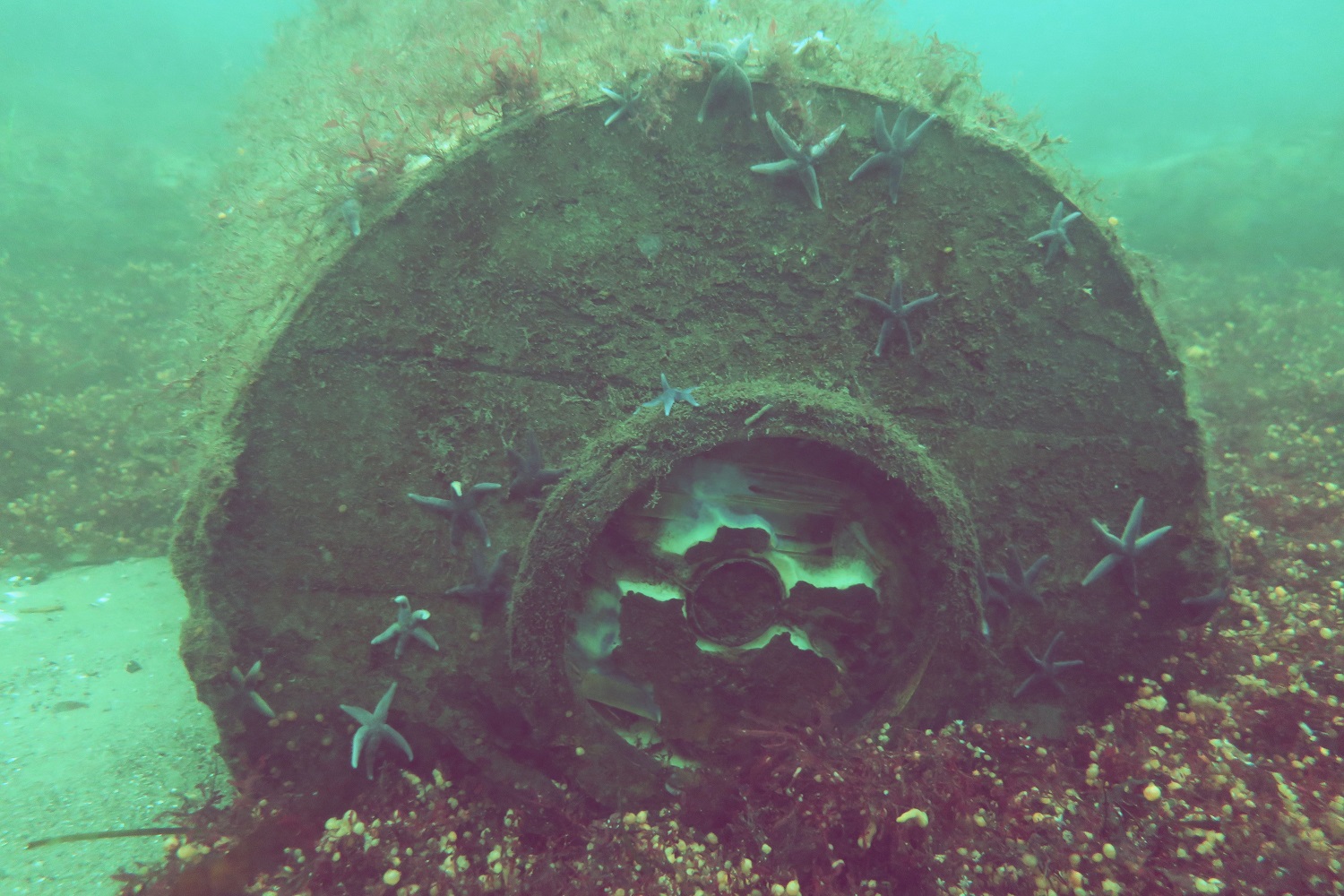Effective risk management and remediation of munitions in the sea require a science-based assessment of the potential environmental risk they pose. A marine environmental risk assessment supports decision-makers to understand and address these risks, ensuring that appropriate risk management measures can be taken.
Environment
Two critical steps form the basis of this assessment:
1. Exposure Characterisation
This step quantifies the levels of munition related contaminants in the water, sediment and biota. It evaluates how contaminants from munitions are released, transported, and accumulated in the marine environment. It includes assessing e.g.:
- The rate of munition corrosion and the release of hazardous substances.
- The pathways through which contaminants spread in water, sediment, and marine organisms.
- The concentration levels of contaminants and their persistence over time.
2. Hazard Characterisation
This step determines the potential harmful effects and hazards these substances have on marine life. It involves:
- Characterization and explanation of the toxic properties of explosive compounds, chemical weapons constituents, heavy metals, and degradation products on different organisms.
- Determination and quantification of the toxic thresholds the compounds have relative to marine organisms.
- Ultimately for ecosystem-based management approaches there is a need to describe the functional ecosystem responses to the contamination e.g. in an Adverse-Outcome-Pathway approach.
If the exposure concentration of hazardous substances exceeds the acceptable hazard concentration, risk management and remediation measures are required to prevent or mitigate the unacceptable environmental risk.
Further Insights into Environmental Risks and Risk Assessment Methods
Risk assessment relies on established scientific methodologies e.g. outlined in EU Technical Guidance documents, to evaluate hazards and exposure, helping to predict environmental impacts and support informed decision-making. A deeper understanding of these processes is essential for effective risk management and mitigation strategies.
By integrating knowledge from these areas, decision-makers can develop evidence-based strategies to address the risks posed by munitions in the sea, ensuring that environmental protection, public safety, and economic interests are transparent and balanced in the decision-making process.
